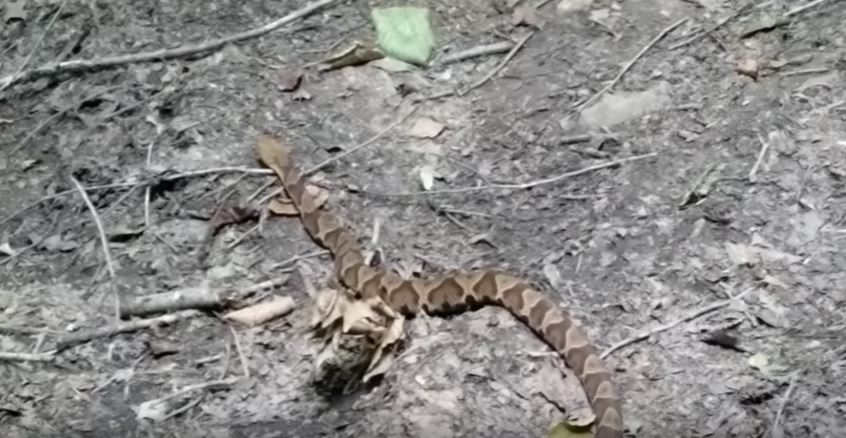The Copperhead Snake: Appearance, biology, life cycle, habitat, diet, behavior

The copperhead snake habitat
The copperhead snake can be found in northern Mexico or New England. The copperhead is divided into 5 species. Their wide range of habitats are usually found in forests or woods. They can quickly and easily adapt to new ecological communities.
Oftentimes they can also be found in the mountains or near river streams. They can stay either under the sun or in shady areas. Copperheads can survive in many types of areas, including forests, farms, yards and even construction properties. They tend to find a habitat inside metal or boxes or even logs.
The copperhead snake diet
The copperhead snake prefers rodents like rats. In fact, it has a huge role in Virginia since it can prevent the rodent population from increasing. They also like to eat smaller snakes, birds, frogs, and insects.
The copperhead can also be a predator that ambushes its prey. They can sit and wait until they get the prey. They use a heat sensor to identify the prey.
A copperhead snake can also eat larger prey by biting it first until the venom causes the prey to die. Once they die, the snake feasts on it. For smaller prey, they could hold it in their mouth until the prey dies. The jaws are hinged, so they can swallow the victim whole. Depending on the sizes, they can eat only a few meals – only 12 per year or less.
The copperhead snake reproduction
Copperhead snakes have two mating seasons that happen in the months of February until May and in the months of August until October. When it is time for mating, the males have to fight each other so that one snake can finally win the female. The female can also pick the one who she thinks is the best prospective. If a male is not eager to fight for her, she can turn him down.
Copperheads are ovoviviparous, which means they deliver a baby but incubate the eggs inside the body. There can be up to 18 babies per birth.
Go back to the How to Get Rid of Snakes page or email us if you have any other questions about The Copperhead Snake: Appearance, biology, life cycle, habitat, diet, behavior
About Us
We are the Pest Education Network, a non-profit organization that focuses on wildlife and pest removal education. Our approach utilizes Integrated Pest Management, a strategy advocating prevention and humane methods.


